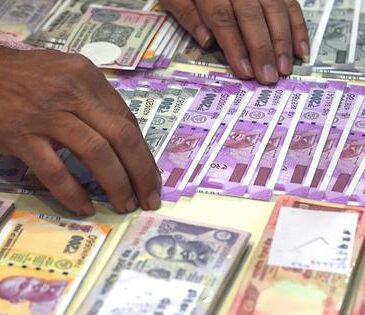Asian currencies traded mostly flat on Wednesday as investors remained risk-averse amid the ongoing Israel-Iran war and uncertainty ahead of the U.S. Federal Reserve’s policy decision. The dollar edged slightly lower, pressured by weak U.S. economic data, while traders anticipated dovish signals from the Fed.
The South Korean won and Taiwan dollar were notable outperformers. The USD/KRW dropped 0.6%, nearing an eight-month low, while the USD/TWD fell 0.4%. The Chinese yuan (USD/CNY) and Singapore dollar (USD/SGD) held steady, while the Australian dollar (AUD/USD) rose 0.2%. India’s rupee (USD/INR) also remained flat.
Market sentiment was also clouded by concerns over U.S. trade policy, with a July deadline approaching for President Donald Trump’s planned tariffs. Japan, in particular, faced headwinds. Prime Minister Shigeru Ishiba said no trade deal was reached with the U.S. during the G7 summit, and Japan’s May trade data showed exports shrinking for the first time in eight months. Analysts now expect Japanese exports to weaken further due to tariff pressures and slowing global demand. A sharper decline in imports also raised concerns about soft domestic consumption.
Meanwhile, the yen (USD/JPY) slipped 0.1%, showing limited reaction to the Bank of Japan’s decision to hold interest rates steady and signal slower bond tapering into 2026 — a dovish stance.
The U.S. dollar index fell 0.1% in Asia after disappointing U.S. retail sales and industrial production data raised fears of economic slowdown. Markets widely expect the Fed to keep rates unchanged at 0.5% but are closely watching Fed Chair Jerome Powell’s projections for rate cuts. Powell has hinted at a slower pace of easing in 2025, following cumulative rate cuts of 1% through 2024.




